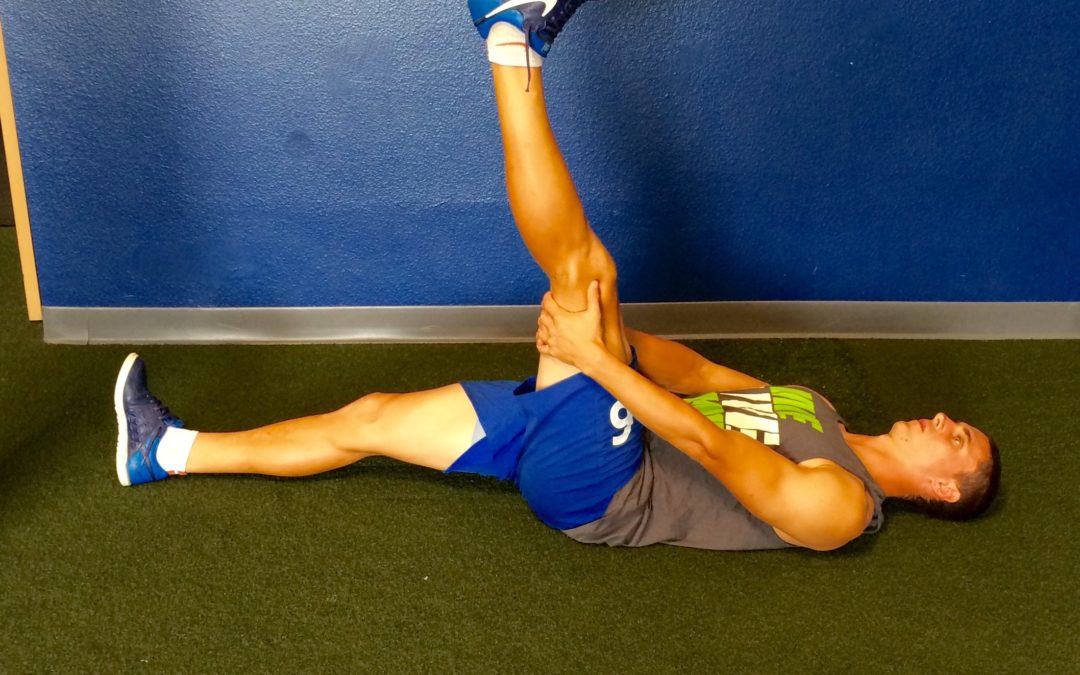Recovery after training or competition is crucial to continue sports performance at high-intensity levels. Exercise-induced fatigue results in a decreased ability to generate adequate muscle force, or power, during activity. When the muscle is fatigued, there are increased levels of blood lactate, which can inhibit the muscle’s ability to contract efficiently and can lead to muscle fatigue even quicker.
Active recovery, passive recovery, and self-myofascial release are some methods used for recovery to rid the tissues of excess lactate. Passive recovery consists of completely resting and stretching, such as holding a static stretch for about 10-30 seconds for a total of about 60 seconds per muscle group.
Active recovery consists of the athlete participating in a low- to moderate-intensity active movement at an intensity of 30-60% of the estimated maximum heart rate. This can be performed either by going on a light jog or on a stationary bike.
Self-myofascial release is another method for recovery that utilizes a foam roller, lacrosse ball, or a massage gun which can help provide temporary relief of soreness.
Recovery is important after intense exercise to minimize the effects of fatigue. These methods can be used in combination with one another either before or after a workout. The more you emphasize recovery as part of your routine, the faster you will be able to get back to activities.
Jorge Castellanos is an Athletic Trainer at Compete Sports Performance and Rehab in Orange County, California. He can be reached at jorge@competeperformance.com or via the website at www.competeperformance.com

